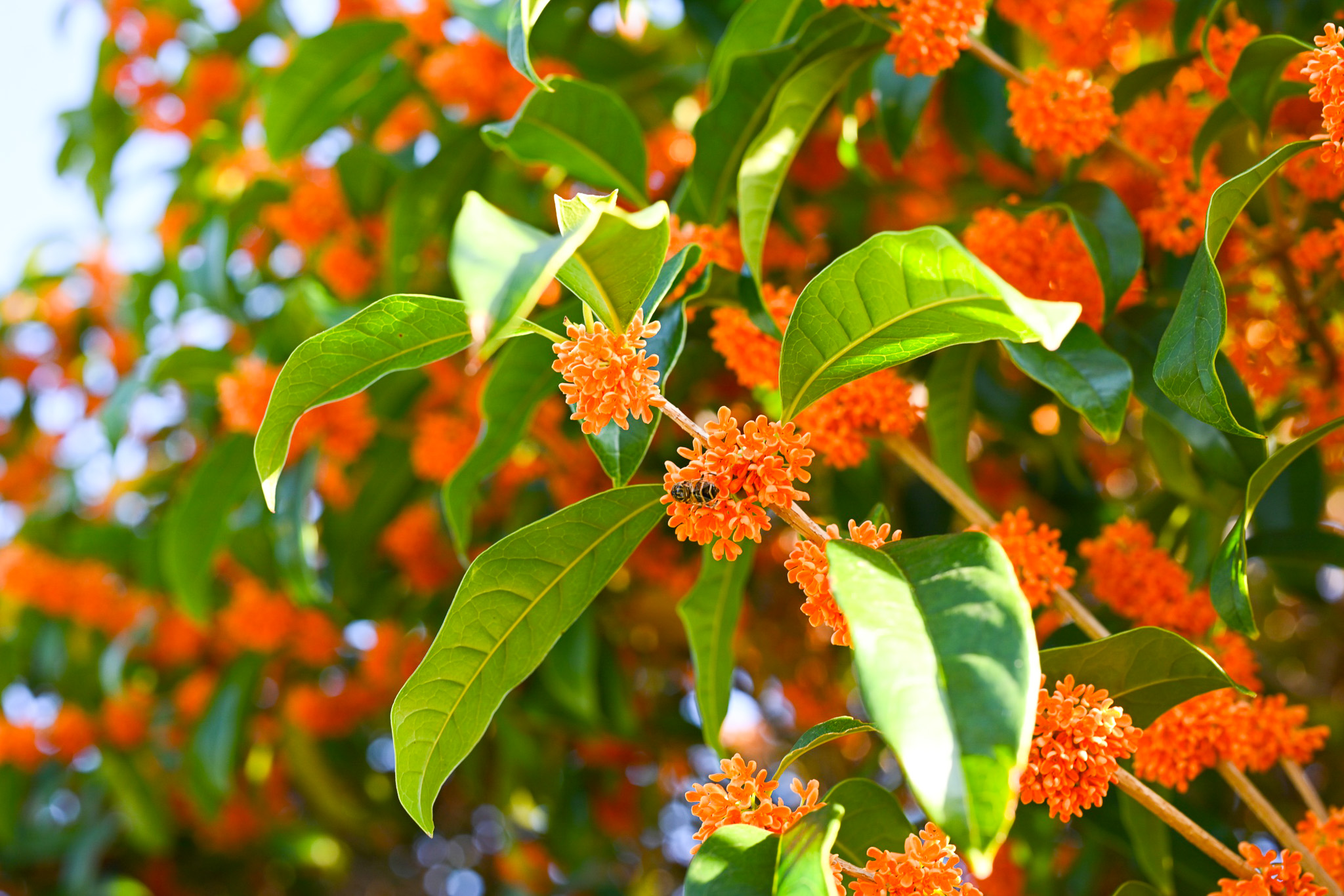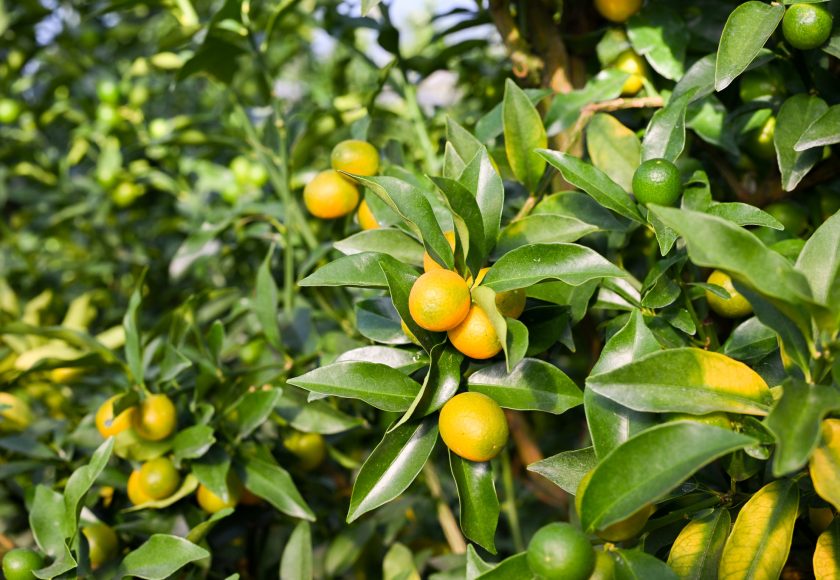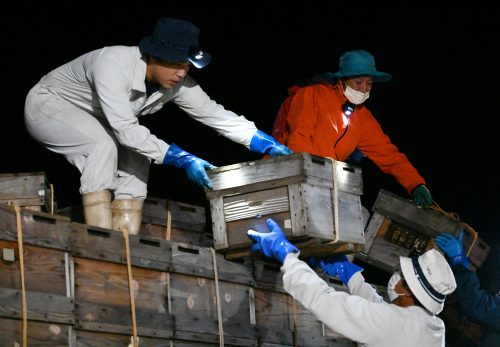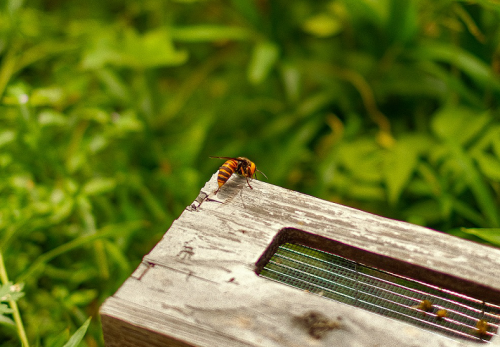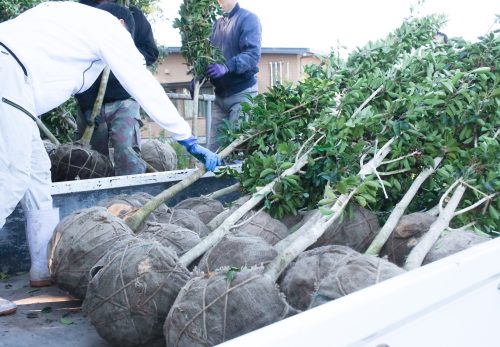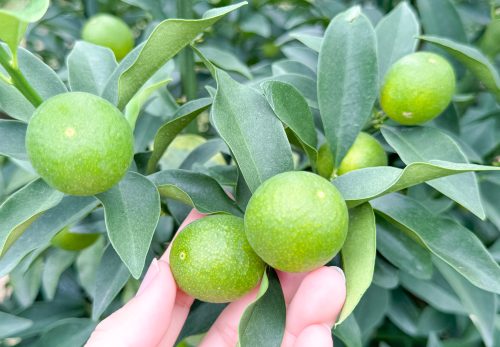In the SUGI BEE GARDEN's own kumquat orchard, the kumquat fruits have begun to gradually change color.
This year's kumquat is said to be an "off year."
(※ Off year: Refers to a year with low harvest yields for fruit trees, etc.)
We conducted an interview with the fruit tree and gardening staff about the current state of kumquats and the future cultivation schedule!
- I heard that this year's kumquats are a back year, but how is the condition?
Since it is a back year, the number of fruits tends to decrease a bit, but this year it doesn't seem to be as few as I thought.
It might be about the same as last year, or just a slight decrease in yield.
However, this summer has also seen very high temperatures, and as a result, smaller fruits can be observed.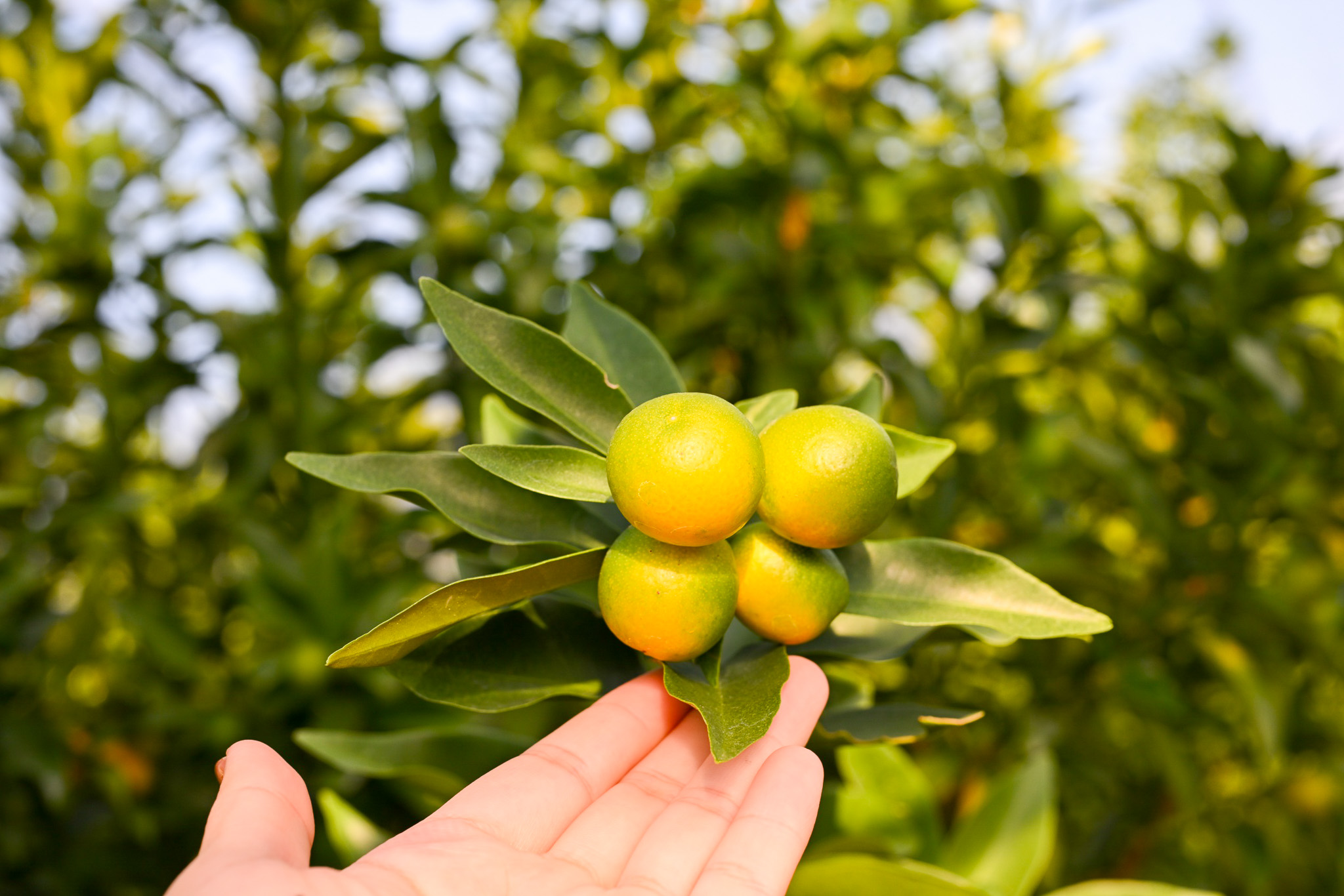
- What measures are taken in cultivating kumquats?
Kumquat fruits require a lot of nutrients to grow.
To maintain the strength of the tree itself, fertilizer called "autumn fertilizer" is spread in the fall to supplement nutrients.
Additionally, kumquats are prone to a pest called "spider mite," which can turn the fruits white.
Therefore, the power of beneficial insects, known as "beneficial insects," is utilized to naturally control spider mites.
*Beneficial insects: insects that are helpful in human life and agriculture.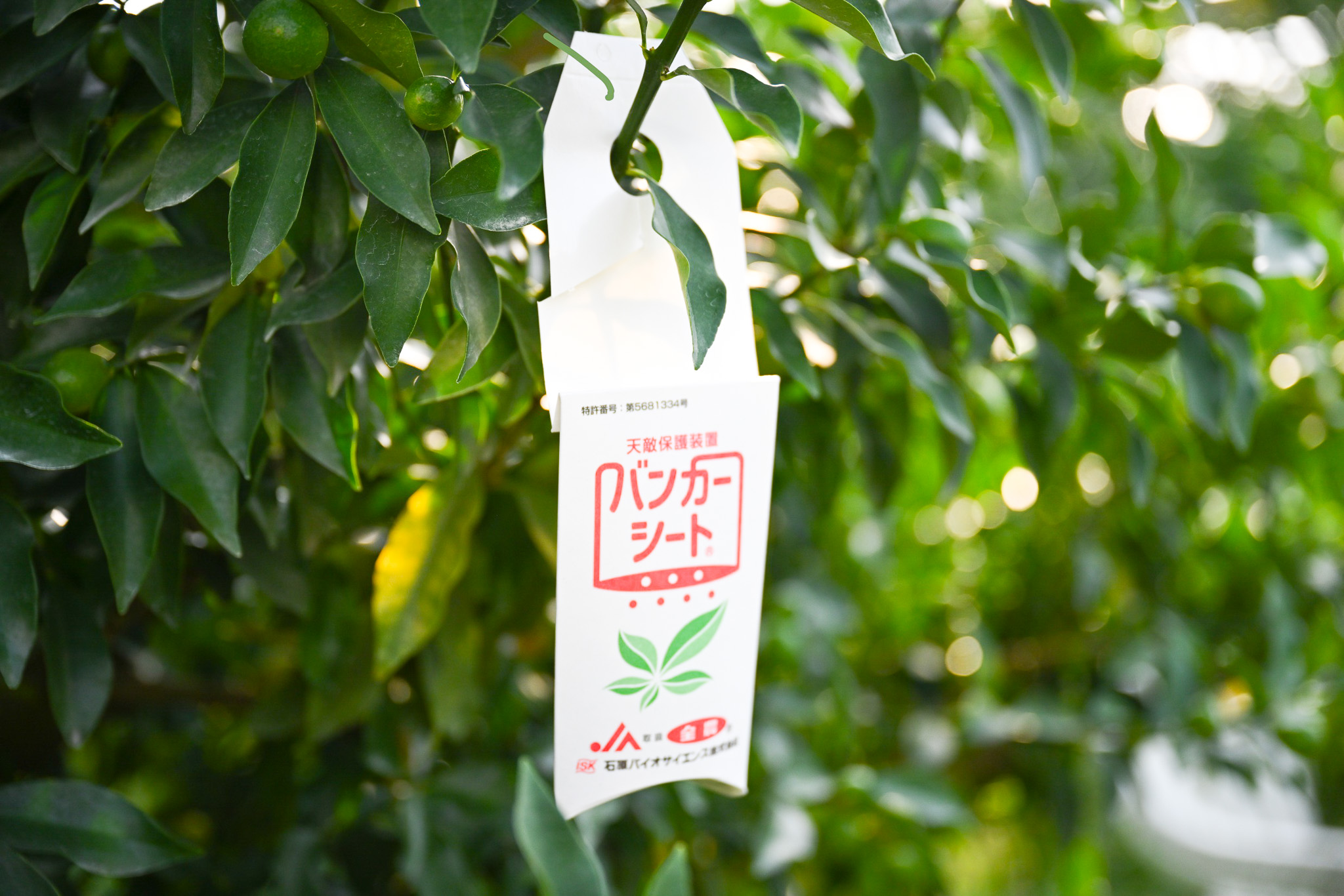 It's surprising to think that pests can be dealt with using the power of insects.
It's surprising to think that pests can be dealt with using the power of insects.
Moving forward, work is planned to continue focusing on pest control and temperature management within the house.
This year too, may the fragrant and delicious kumquats grow healthy! ✨
~Autumn News~
Near the head office, the fragrant olive was in full bloom (^^♪